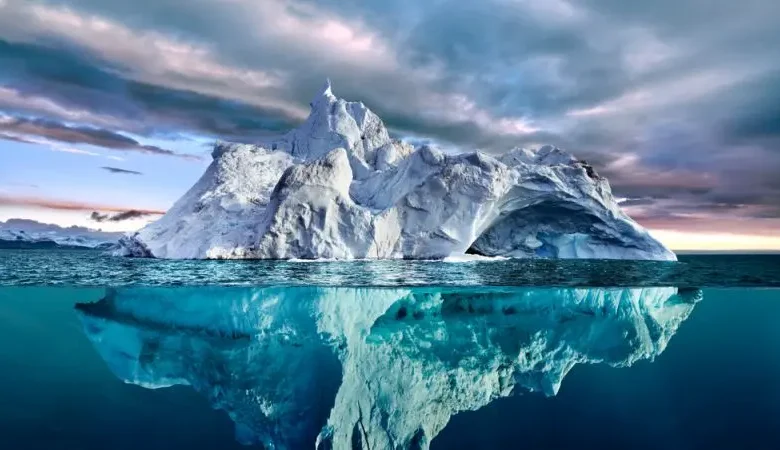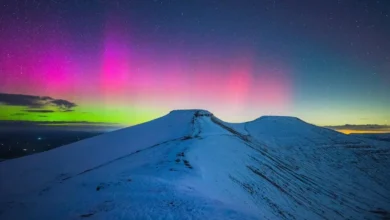Largest iceberg in the world is on the move

The world’s largest iceberg has caused great concern among environmental scientists and meteorological departments worldwide. After more than three decades of stability, the massive iceberg, known as A23a, has started to move from its place due to melting.
A recent report from the British newspaper Daily Mail reveals that A23a is more than twice the size of London and is the largest ice mass on Earth.
It has been stuck in the ocean for over thirty years but has finally started to drift, causing alarm among scientists. With a total area of 1540 square miles, A23a surpasses the size of Greater London, which spans 607 square miles. Its thickness measures a staggering 1312 feet.
This monumental iceberg is currently being driven northward by strong winds and ocean currents after its thirty-year dormancy on the ocean floor. Scientists predict that It will eventually collapse due to the harsh waters once it reaches the open ocean.

Unlike other icebergs that break off from Antarctica and float away, A23a has remained relatively stationary since breaking off from the Filchner Ice Shelf in 1986. It was “anchored” or stuck at the bottom of the sea. However, it has now become dislodged and has started to drift.
Dr. Andrew Fleming, a remote sensing expert from the British Antarctic Survey, first noticed the signs of movement from A23a in 2020. He attributes its movement to its diminishing size over the years.
Experts predict that A23a will reach the Antarctic Circumpolar Current, a 13,000-mile-long ring of ocean water encircling Antarctica. There is a possibility that the iceberg will stabilize near South Georgia, an island in the South Atlantic Ocean known for its diverse marine life.

Should A23a become lodged near South Georgia, it could disrupt the feeding routines of marine creatures in the area. However, if it melts, the minerals released from the ice could provide essential nutrients to organisms at the bottom of the ocean food chain.
Icebergs like A23a play a vital role in sustaining life in the oceans. Dr. Katherine Walker of Woods Hole Oceanographic Institution explains that they act as catalysts for biological activity. While its movement may disrupt the feeding habits of marine creatures, the melting of the iceberg could provide nutrients to support the ocean’s ecosystem.










